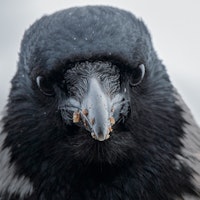
Crows
Hooded Crow
The Hooded Crow is a medium-sized bird that is a resident breeder in Ireland. It is easily recognized by its distinctive black and grey plumage and is known for its intelligence and adaptability.

Description:
The Hooded Crow, also known as the Grey Crow, is a medium-sized bird that is commonly seen in Ireland. It has a distinct black head and wings, with a lighter grey body and tail. The beak is sturdy and slightly curved, and the eyes are black. Young Hooded Crows have a brownish tint to their feathers, with a darker beak and eyes.
What they eat:
Hooded Crows are omnivorous and feed on a variety of food sources. Their diet includes insects, worms, small mammals, eggs and chicks of other birds, carrion, and even household scraps.
Habitat:
Hooded Crows are adaptable birds and can be found in a variety of environments including cities, farmlands, woodlands, and coastal areas. They are mostly seen in areas with open fields and scattered trees, where they can easily find their prey.
Size and Wingspan:
Hooded Crows are medium-sized birds, with an average length of 50-55 cm and a wingspan of 100-110 cm. They weigh around 500-700 grams.
Male/Female Difference:
Male and female Hooded Crows look nearly identical, and it is difficult to differentiate between them. However, males tend to be slightly larger in size than females.
Where to find:
Hooded Crows are commonly found throughout Ireland, and they can be seen in almost any part of the country. They are abundant in urban areas and can often be found scavenging for food near bins and dumpsters.
What months can be found in Ireland:
Hooded Crows are resident birds in Ireland and can be found all year round. However, they tend to be more conspicuous during the winter months when food is scarce, and they become more opportunistic feeders.
Interesting note:
Hooded Crows are intelligent birds and are known for their problem-solving abilities. They have been observed using tools to extract food from hard-to-reach places, and they have also been observed working in pairs to obtain food. Additionally, Hooded Crows are one of the few bird species that are able to recognize individual human faces, which makes them very interesting to study.
Other Birds of Ireland...
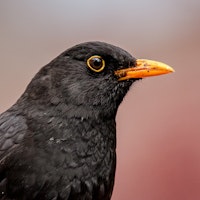
Blackbird
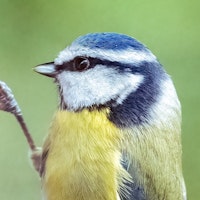
Blue Tit
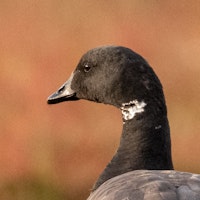
Brent Goose
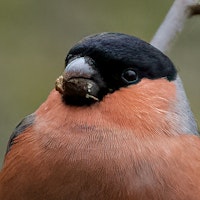
Bullfinch
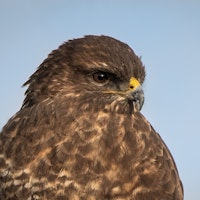
Buzzard

Chaffinch
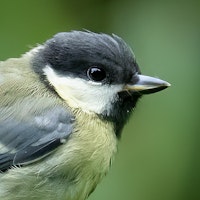
Coal Tit
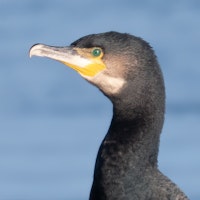
Cormorant
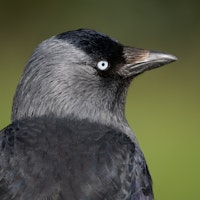
Crow
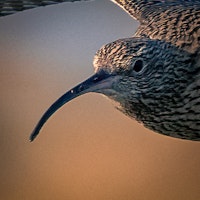
Curlew
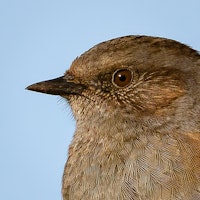
Dunnock
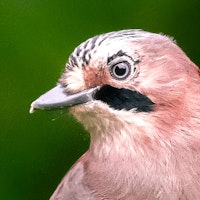
Eurasian Jay
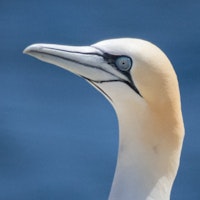
Gannet
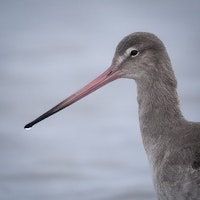
Godwit
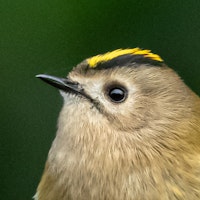
Goldcrest
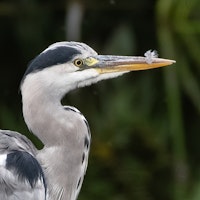
Grey Heron

Hooded Crow
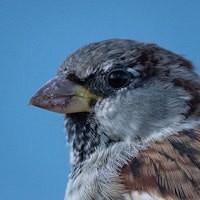
House Sparrow
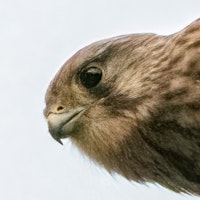
Kestrel
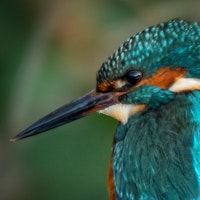
Kingfisher

Lapwing

Little Egret

Long Eared Owl

Long-tailed Tit

Mallard Duck

Merlin

Moorhen

Mute Swan

Oyster Catcher

Peregrine Falcon

Pied Wagtail

Pintail

Puffin

Red Kite

Redshank

Robin

Rook

Sanderling
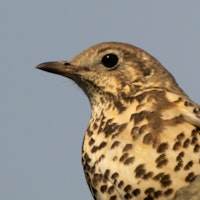
Song Thrush

Sparrowhawk

Starling

Stonechat

Swallow

Tree Creeper

Wren
More pages currently being produced...
Please connect to get updated when new pages are published






